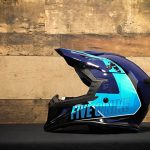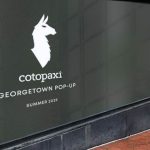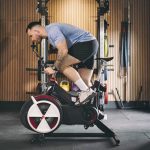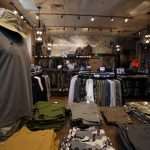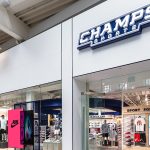Without the benefits of acquisition driven top-line growth, and all of
the negative factors involved in the various integration initiatives
hitting the bottom line, hardgoods vendors had a tough first quarter in
2007. However, softgoods and footwear vendors kept their profits and
sales up for the quarter buoyed by a solid retail performance through
nearly every channel.
Total sales for reporting vendor companies increased 18.3% to just over
$3.7 billion during the quarter. This was driven primarily by the
softgoods sector, but hardgoods vendors showed double-digit growth
thanks to the merger between Easton and Bell Sports. Overall vendor
gross margin inched-up 16 basis points to 33.9% due to gains in
hardgoods and footwear. Overall vendor income was up 33.2% entirely due
to strong results in the softgoods sector, partially offset by an
expanding net loss for reporting hardgoods companies.
Overall return on sales, which is a metric that measures net income as
a percentage of sales, increased 40 basis points for vendors during the
period. Again, this was entirely due to operational improvements for
softgoods and footwear vendors. (See Chart on page 2 for full results)
The hardgoods sector remained relatively healthy on the top line, with
overall sales increasing in the double digits. Heavy sales declines at
all of the major snowsports brands were more than offset by strong
performances from Oakley and Suunto, and some acquisition aided
top-line growth from Easton-Bell. Excluding the benefit from the
Easton-Bell merger, total sales in the hardgoods sector would have only
increased 6.5%.
With Quiksilvers acquisition of Rossignol and an infamously warm
winter, the bottom line in the hardgoods sector suffered during the
first quarter due to integration expenses and a complete lack of
re-order at retail. The overall net loss for outdoor and snow sports
hardgoods manufacturers expanded 8.3% during the first quarter.
Excluding the impact of winter sports merchandise, net income would
have tripled during the quarter. Hardgoods vendors return on sales
declined 20 basis points during the quarter to 4.2%.
In softgoods, Crocs astronomical growth continues to boost the top
line and the bottom line of the sector. However, the strength this
quarter was more wide-spread, with eight of the 12 reporting companies
showing double-digit sales growth. Nonetheless, without Crocs numbers
in the mix, softgoods vendor sales would have been limited to the
mid-teens. What is more impressive is the majority of the top-line
growth in the sector was organic with strong results from Deckers, VFs
Outdoor Coalition, Under Armour and Volcom.
The organic sales growth and a 40 basis point increase in overall
sector gross margin cooperated to boost the bottom line for softgoods
vendors. Four vendors in the category showed better than 50% income
growth and half of the sector showed better than 20%. Declines in the
bottom line at Timberland (see the full quarterly earnings report in
this issue) and Rocky offset some of the gains, but the overall sector
showed strong 20% growth. ROS was also improved, climbing 40 basis
points to 7.1% of sales.
Retailers showed the strongest operating results improvements of the
outdoor and snow sports industry event though top line growth lagged
behind softgoods vendors. Every reporting retailer showed some top-line
growth. Dicks GSI Commerce and Lululemon contributed the most to sales
growth while margins improved more than a full percentage point thanks
to strong results from Dicks, Gander Mtn., Cabelas and the Canadian
retailer, Forzani. Net income in the sector more than tripled with
strong results from DKS and Forzani, offset by declines at Sport Chalet
and The Walking Company.
With the exception of the Hardgoods sector, which was suffering through
warm winter weather, the industry continues to grab more share on a
macro level and the healthy retail environment is a particularly strong
sign.


